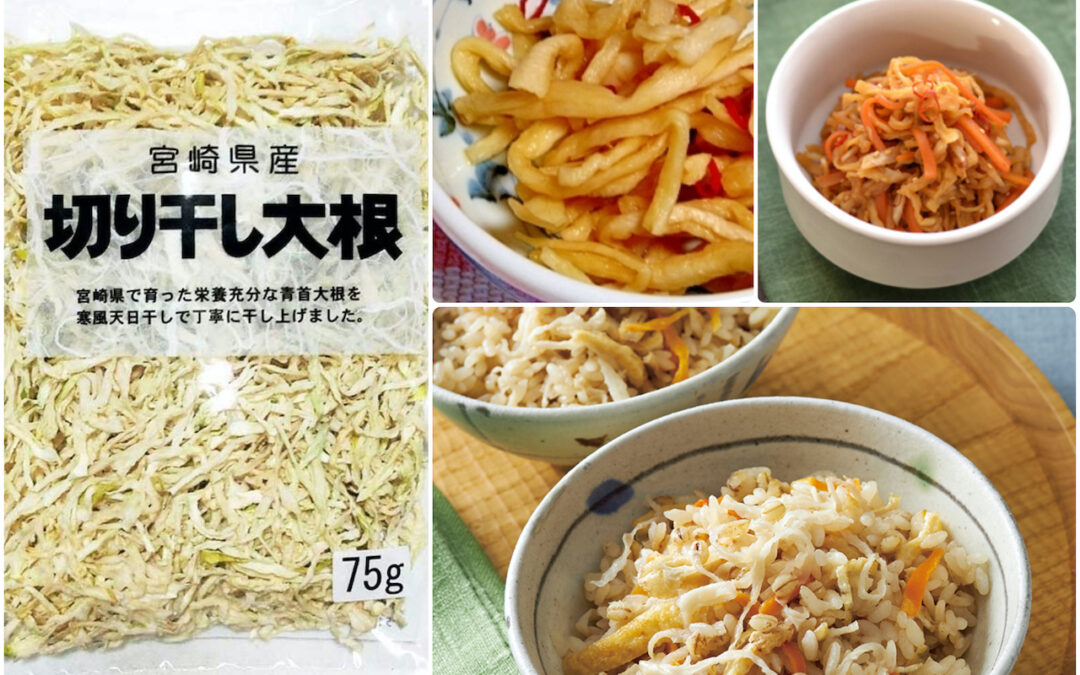
by Elizabeth Andoh | Mar 16, 2024 | Kitchen PROJECTS, Year-Round
Cooking with KIRIBOSHI DAIKON in your kitchen. This versatile ingredient can be used in soups, pickles, rice dishes and a variety of sides, too. Here are a few recipes to get you started: Kogane Meshi, a takikomi-style rice dish Granny’s Sun-Dried Radish, a...
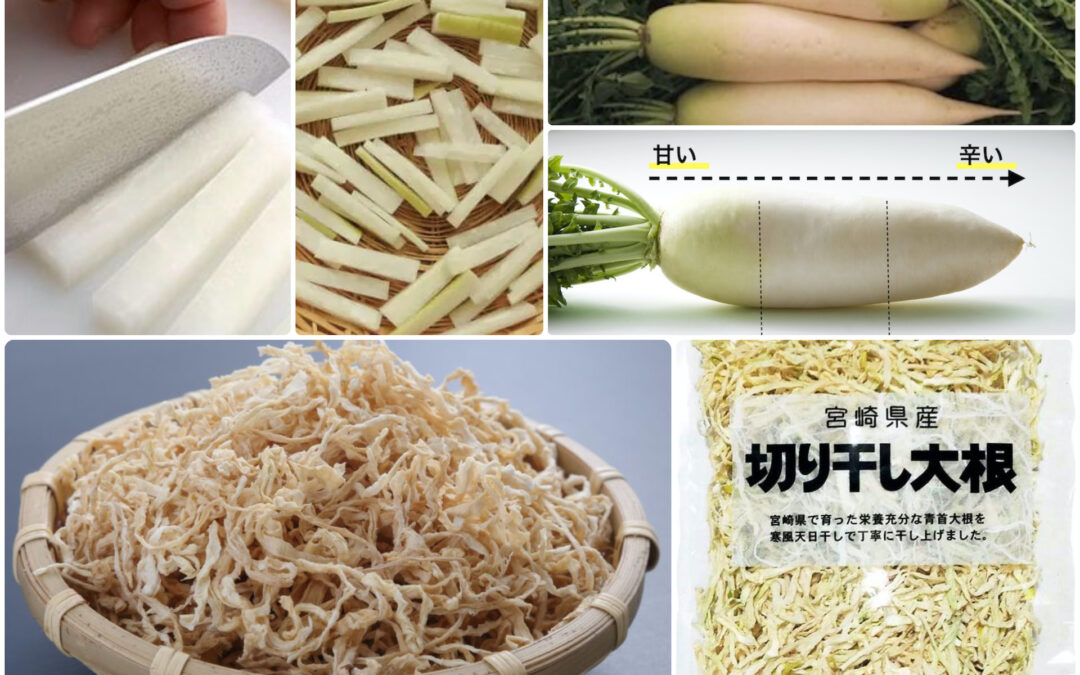
by Elizabeth Andoh | Mar 16, 2024 | Kitchen Culture, Year-Round
Before refrigeration became widely available, pre-modern societies struggled with keeping fresh food from spoiling. A variety of ingenious techniques were developed throughout the world, including drying fresh foods in well-ventilated shade. In Japan, the resulting...

by Elizabeth Andoh | Feb 4, 2024 | Kitchen Culture, Year-Round
Fermented Fish Sauce 魚醤 Fermented fish sauces can be found in many parts of the world, most having been produced for thousands of years. It is unclear whether each was an independent “discovery” or whether they influenced each other by way of shared...
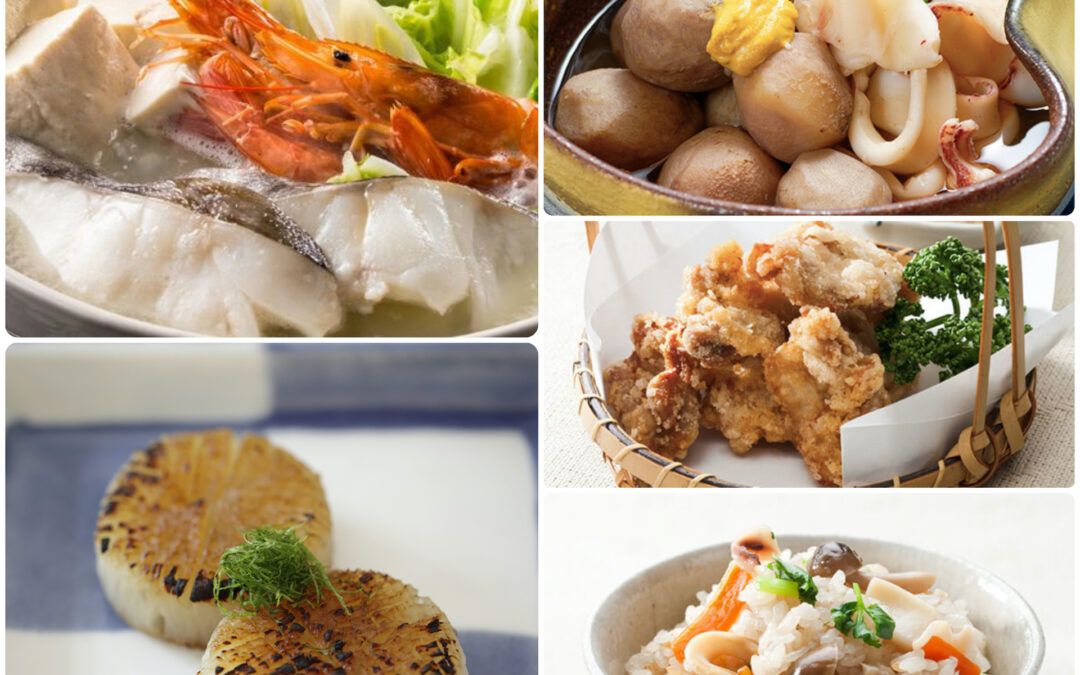
by Elizabeth Andoh | Feb 4, 2024 | Kitchen PROJECTS, Year-Round
Five ways to use fermented fish sauce There are lots of ways of using fish sauce. Here are a few popular examples: (top, left) NABÉMONO (hot pots that get assembled ahead and simmered at table) are often made with a seasoned broth. IKANAGO NABÉ seasoned with funky...
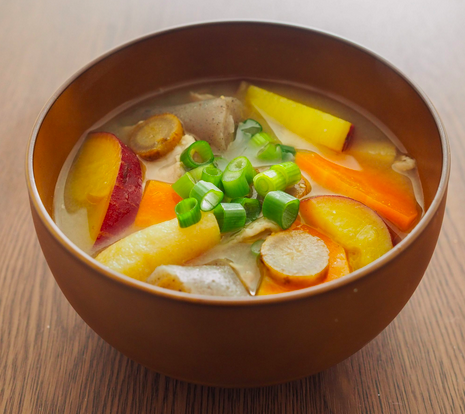
by Elizabeth Andoh | Jan 8, 2024 | Kitchen Culture, Year-Round
An Honorable Bowl of Soup The Japanese have several words to describe their ubiquitous soup seasoned and enriched with miso. The prosaic miso shiru 味噌汁 is a generic word meaning “miso-thickened broth” while miso ji-daté 味噌仕立て is a functional, culinary term...
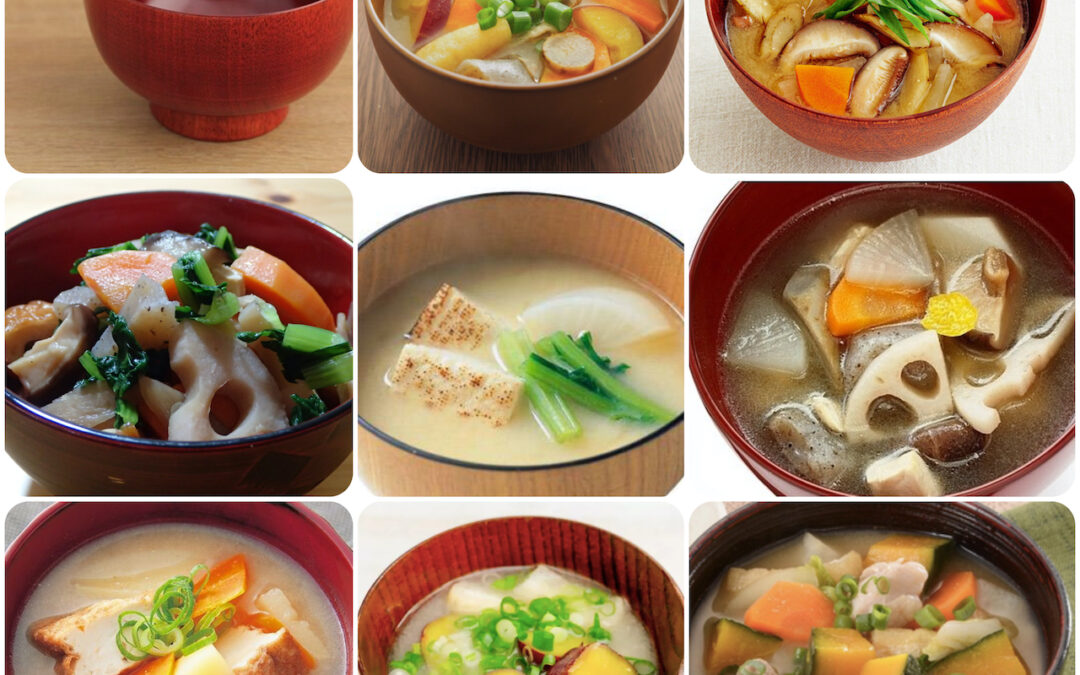
by Elizabeth Andoh | Jan 8, 2024 | Kitchen PROJECTS, Year-Round
PROJECT Miso Soup In most Japanese households, miso soup is served daily, often as part of breakfast, though it could just as easily appear at lunch or dinner. Most Japanese have strong regional preferences when choosing what miso to use (details posted to Kitchen...
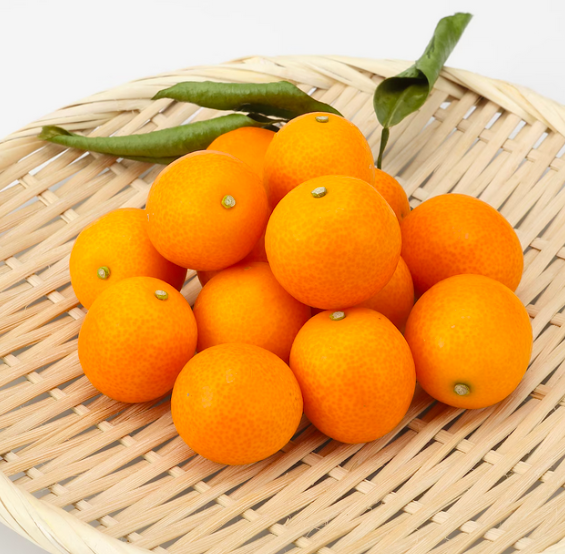
by Elizabeth Andoh | Dec 11, 2023 | Kitchen Culture, Winter
Kumquats are called kinkan 金柑 in Japanese, meaning “golden citrus.” The fruit is native to south-east China where they have been cultivated for hundreds of years, though the scientific name is Citrus japonica. There are dozens of varities of kumquats but...
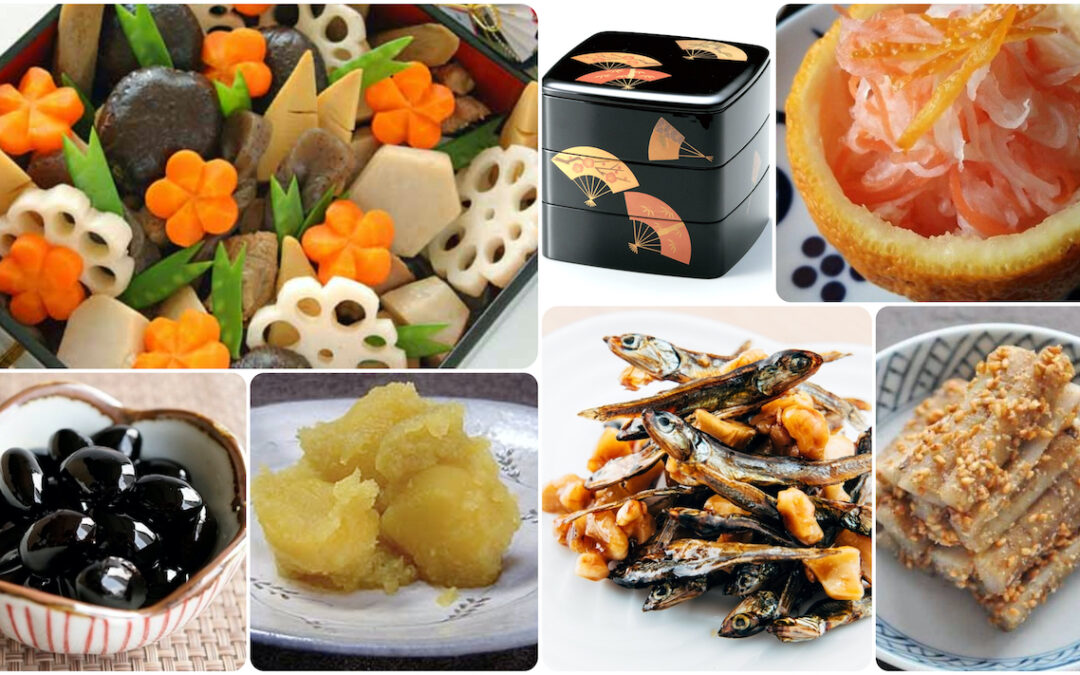
by Elizabeth Andoh | Dec 11, 2023 | Holiday, Kitchen PROJECTS, Winter
PROJECT Osechi-Making December is a busy time… The Japanese aptly call the final month of the year shiwasu, written with calligraphy for “professor” 師 and “running about in a tizzy” 走. In Japan shiwasu is a time of frenzied activity that...
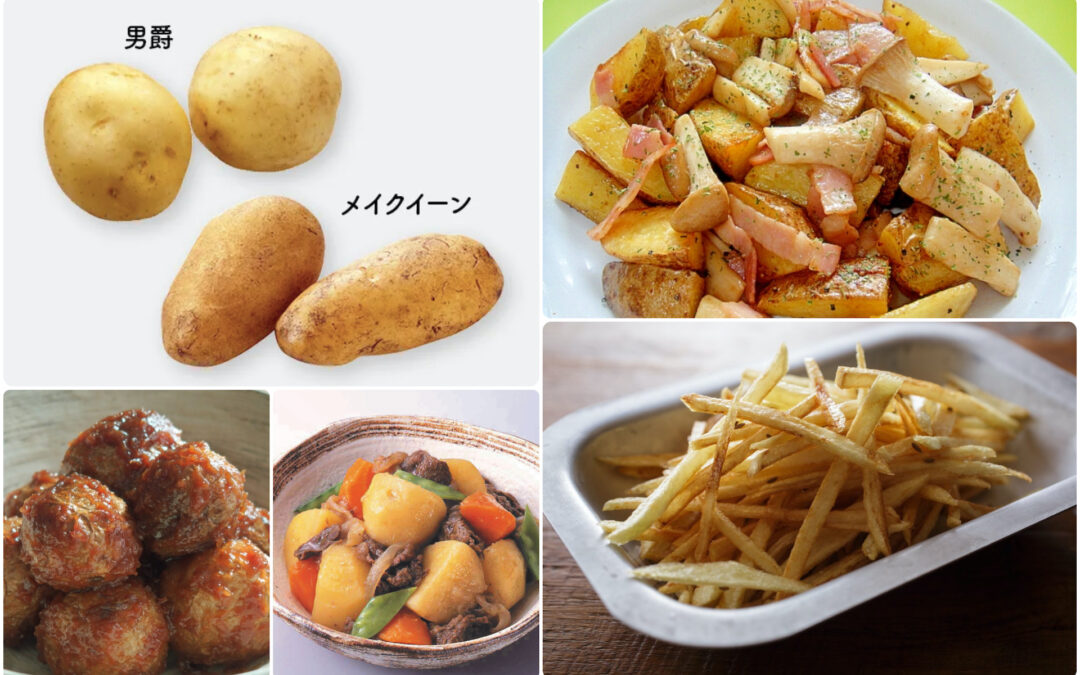
by Elizabeth Andoh | Nov 3, 2023 | Kitchen Culture, Year-Round
In Japan today, two types of Western-style potatoes are regularly enjoyed: mékuin (May Queen) and danshaku (“Baron”). The former was developed in Great Britain at the beginning of the 20th century and made its way to Japan via America shortly thereafter....
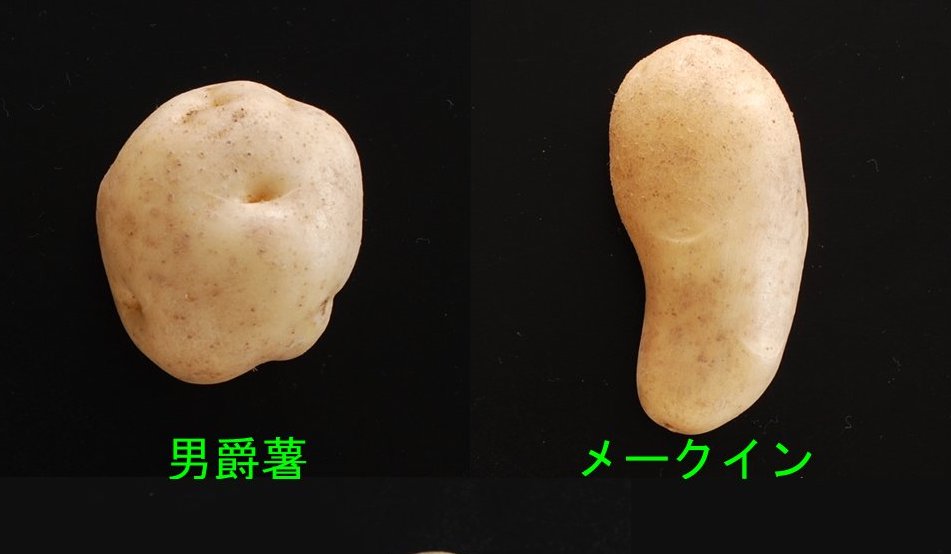
by Elizabeth Andoh | Nov 3, 2023 | Kitchen PROJECTS, Year-Round
PROJECT Potato Most white-fleshed potatoes generally fall into either of two categories: fluffy OR waxy. Fluffy potatoes are high-starch and tend to crumble when simmered; they are perfect for mashing, and when making korokke (croquettes). The Japanese often describe...
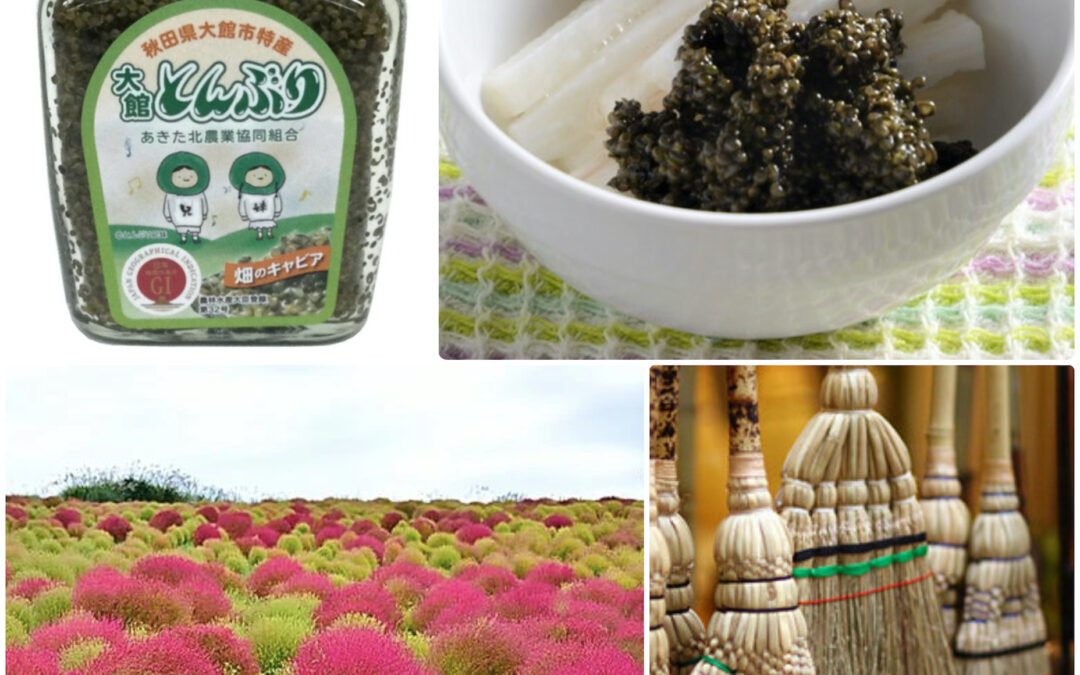
by Elizabeth Andoh | Oct 2, 2023 | Kitchen Culture, Summer
The Japanese eat a number of “unusual” foods, and TONBURI (とんぶり) surely qualifies as one of them. Tonburi are the seeds of Kochia scoparia/Bassia scoparia, also known as 箒草 hōki-gusa. Branches of the mature kochia plant are crafted into hōki brooms (yes,...

by Elizabeth Andoh | Oct 2, 2023 | Kitchen PROJECTS, Summer
PROJECT TONBURI Tonburi, the seeds of the broom plant, are tiny and black-green in color. Because they mimic the appearance and mouthfeel of sturgeon caviar tonburi is often referred to as hataké no kyabia (“caviar of the field”). Akita prefecture in the Tohoku...

by Elizabeth Andoh | Sep 4, 2023 | Culture, Kitchen Culture
Farmers around the world deploy “scarecrows” to guard their crops from undesirable flying, crawling, and burrowing creatures. Japan’s kakashi 案山子 scarecrows that stand guard over rice fields tend to be more whimsical than frightening figures. Above, rice fields in...

by Elizabeth Andoh | Sep 4, 2023 | Kitchen PROJECTS, Year-Round
PROJECT TAKIKOMI GOHAN Takikomi-style rice dishes are cooked in a flavorful stock extracted from the ingredient being featured (in this case, MUSHROOMS). Takikomi rice is truly a delicious way to enjoy seasonal bounty. Download a recipe for KINOKO GOHAN to get...

by Elizabeth Andoh | Aug 2, 2023 | Culture, Kitchen PROJECTS, Summer
OBON cookery: Cucumbers & Eggplant Project OBON is about eggplant and cucumber cookery. Why eggplants and cucumbers? These vegetables reach their peak of flavor during the summer when Obon is celebrated. And, the vegetables are fashioned into transportation for...

by Elizabeth Andoh | Aug 2, 2023 | Kitchen Culture, Summer
Rooted in Buddhist tradition and practice, Obon is the time when spirits of the departed are believed to return to this world for a short, annual visit. It is not a morbid occasion but rather a pleasant and respectful way for younger generations to stay connected to...
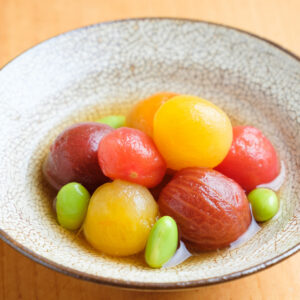
by Elizabeth Andoh | Jul 17, 2023 | Kitchen PROJECTS, Summer
TOMATOES combine well with both land and sea vegetables, and with cold noodles too, to make a variety of SALADS. This PROJECT Tomato Salad is about creating your own “house” salad featuring tomatoes. To start you off, here is a recipe for enjoying tomatoes...

by Elizabeth Andoh | Jul 17, 2023 | Kitchen Culture, Summer
Originating in Mesoamerica about 7,000 years ago, tomatoes arrived in Japan early in the Edo period (1603-1868) having traveled the globe and being domesticated along the way. The first tomato plants in Japan were considered an ornamental — they were not...
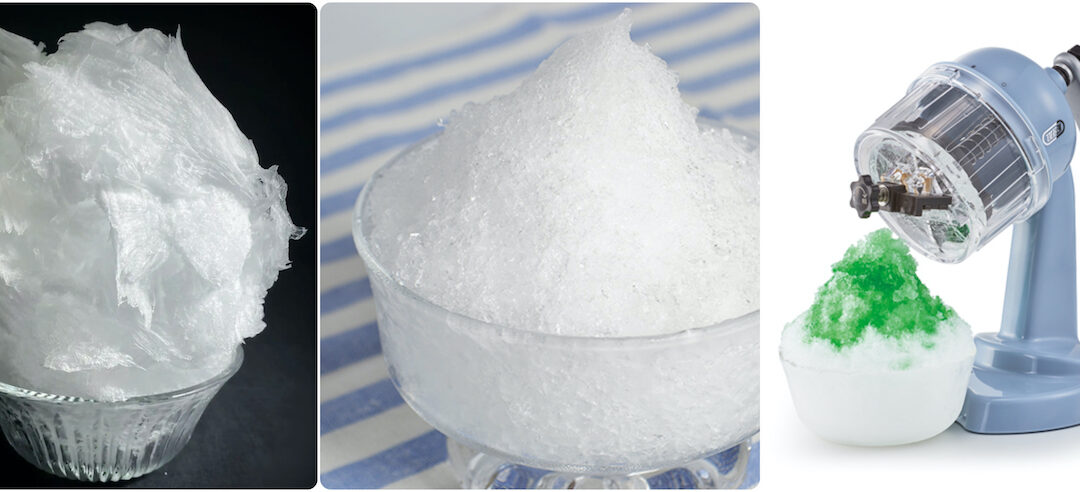
by Elizabeth Andoh | Jun 13, 2023 | Kitchen PROJECTS, Summer
PROJECT Shaved Ice is about making Japanese-style kaki-gōri confections. Strawberry Sauce Many people top shaved ice with fresh fruit or commercially prepared syrups. But for those who would like to make their own, here is a simple-to-make STRAWBERRY sauce. Note the...
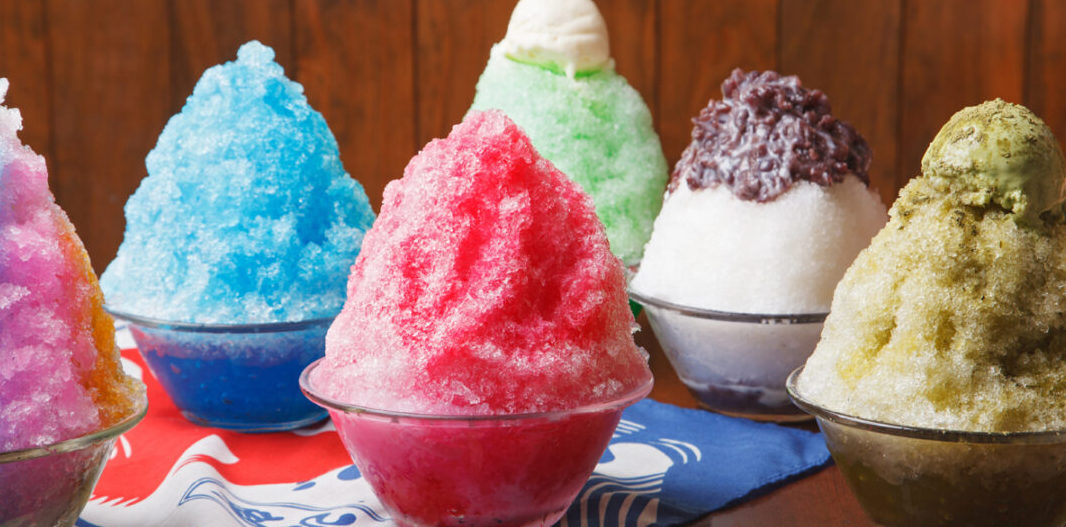
by Elizabeth Andoh | Jun 13, 2023 | Kitchen Culture, Summer
KAKI-GŌRI: Japan's contribution to Icy Confections Long before refrigeration was invented, people around the world went to great lengths to keep food chilled. The world’s earliest written record of such efforts is an Iranian inscription dating back to 1700 BC that...





















